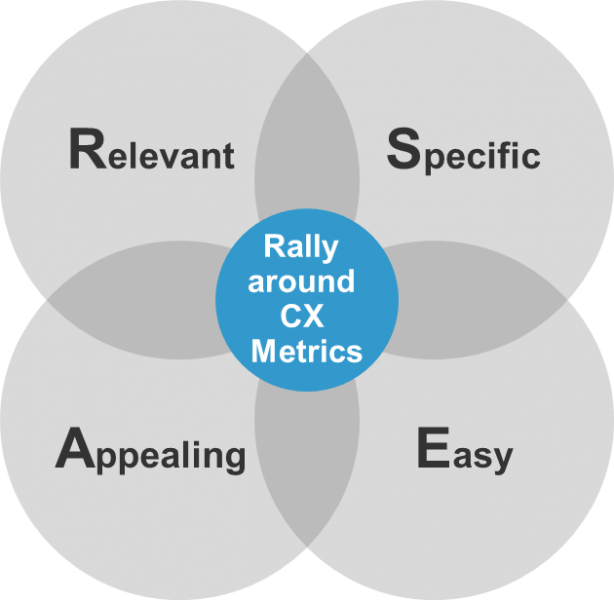What Do CX And The Environmental Movement Have In Common (AKA Top 10 Tactics To Rally Your Organization Around CX Metrics)?
We all share this sentiment that we want to protect our resources — our planet for generations to come — so that our children and their children can live happily ever after. It’s that warm and fuzzy feeling we get when we see a little girl holding a flower in her hand. I realize that we all share this sentiment every time the press reacts with irate reports criticizing the extent of pollution in China — or when “Reduce, Reuse, Recycle” became part of pop culture with Jack Johnson’s song of the same name (sorry if you have that song playing in your head now). Protecting the environment is the right thing to do. But how many times have you used disposable dishes or cutlery when there were other options that were just less convenient? And why do you do that? It’s easy: Life gets in the way.
As a customer experience (CX) professional, you’ll have noticed the parallels by now. You regularly try to share insights from CX measurement or the voice of the customer (VoC) program with your colleagues across the organization to tell them what important customers think about their experiences with the company and what their pain points are. Using these insights is the right thing to do. But how many times have you met polite but superficial interest? And why is that? Life gets in the way. Your colleagues are busy, don’t know why to care, or have other priorities. It’s no wonder then that 72% of CX pros we asked in our recent survey on the state of CX maturity said that their organizations have only been somewhat or not effective at all in improving customer experience.
I looked at ways that CX pros have managed to rally their organizations around CX metrics and found 10 tactics that companies like Avaya, Elsevier, Hampton Inn & Suites, Sage Software North America, and Verizon have proven to work in the real world.
Here’s a sneak peek: You can read more about each of these 10 tactics in the report. These ten tactics to get stakeholders to pay attention to CX metrics fall into 4 buckets.

- Relevant: Find ways to tie metrics to stakeholders’ success and decision-making processes. For example, AAA Mid-Atlantic found a way to help sales achieve higher sales rates.
- Specific: Make CX metrics concrete for each stakeholder. For example, Hampton Hotels identified concrete behaviors for employees that improve CX.
- Easy: Make it easy to access and use CX metrics. For example, Symantec’s Customer First portal allows access to CX insights quickly.
- Appealing: Entice stakeholders to want to use CX metrics. This is probably the most underutilized principle. But there are some great examples of how enticing stakeholders to want to use metrics creates buy-in across the organization. For example, Jaap Wilms at NN Group, a global insurance company based in the Netherlands, created a whole system that taps into employees’ natural emotions (think curiosity), uses gamification to heighten interest, and leverages variety to keep things fresh. This helped Jaap get buy-in and 1,700 dashboard users in 100 teams across the organization.
Don't expect stakeholders' engagement; create it. Successful CX teams build momentum around CX metrics by developing closer relationships with stakeholders, create positive energy around the CX measurement program, involve visualization experts, and reboot their programs when they run out of steam.
In short, they manage VoC/CX insights like a product. And so should you. And as the CX metrics product manager, you need to make sure that you understand the customers of your product, how they want to use it, and why they need to use it (which maybe they don’t know yet). . . . But that’s a topic for another blog.
Thank you for reading my blog. If you have war stories to share around how you manage to rally your organization around CX metrics, I’d love to hear about it: Email me at mschmidt@forrester.com.
